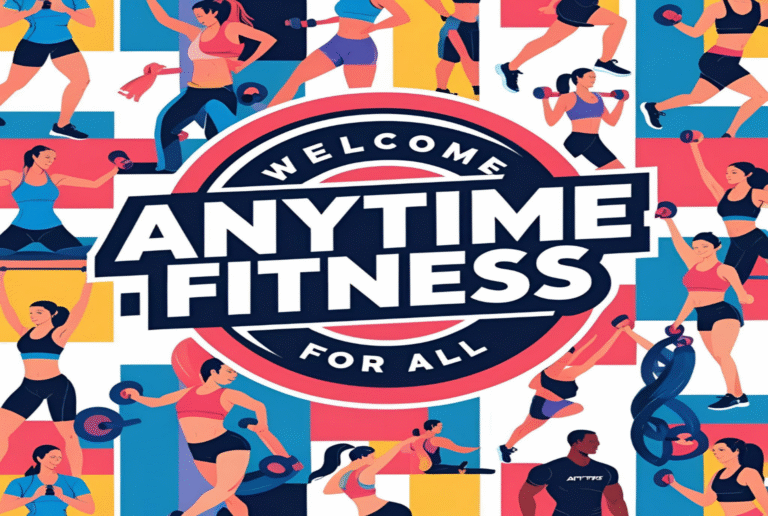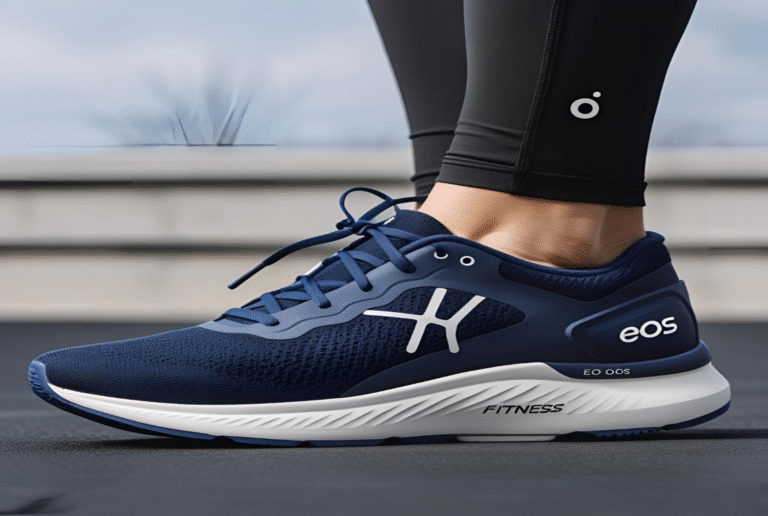24-Hour Fitness
24-Hour Fitness: Redefining the Modern Workout Culture
24-Hour Fitness In a fast-paced, always-on world, flexibility isn’t just a perk—it’s a necessity. Whether it’s work, family obligations, or personal pursuits, finding time to prioritize health and wellness can feel like an uphill battle. That’s where 24-Hour Fitness steps in. As one of the most recognized names in the fitness industry, 24-Hour Fitness has not only expanded the definition of gym hours but also redefined the way millions of people approach health and exercise. With a legacy that spans decades and a presence across the United States, this gym chain has carved out a unique identity—one that aligns with the rhythms of the modern lifestyle.
The Origins of 24-Hour Fitness
The story of 24-Hour Fitness begins in 1983 in California, under the vision of Mark Mastrov, who sought to create a gym that worked with people’s schedules, not against them. Initially called 24-Hour Nautilus, the gym was established as a response to the limitations of traditional gym hours, which often closed early and opened late. Mastrov identified a gap in the market: people wanted to work out early in the morning or late at night but had nowhere to go. By keeping the doors open 24 hours a day, 7 days a week, his new gym concept revolutionized the industry.
The idea was simple yet powerful: allow members to exercise whenever they want. Over time, 24-Hour Nautilus evolved into 24-Hour Fitness, expanding from a single location to a nationwide brand. With innovation at its core, the gym embraced the latest in fitness trends, wellness programs, and member-first technology.
A Model Built on Convenience and Accessibility
The foundation of 24-Hour Fitness lies in its name. Accessibility is its hallmark. The 24/7 availability removes one of the biggest barriers to regular exercise: time. For shift workers, parents, students, and night owls, 24-Hour Fitness became a reliable space to prioritize health regardless of their daily routine.
But beyond the clock, 24-Hour Fitness locations are typically equipped with a full suite of modern fitness options:
- Cardio machines (treadmills, ellipticals, stair climbers)
- Free weights and resistance training areas
- Group fitness studios
- Pools and saunas
- Basketball courts and turf zones
- Personal training services
- Specialized classes such as yoga, HIIT, cycling, and more
By offering a wide range of amenities under one roof, the brand meets the needs of casual exercisers and serious athletes alike.
Membership Options and Value Proposition
24-Hour Fitness offers tiered membership plans tailored to different needs and budgets. Members can opt for:
- Basic Memberships: Access to a single club with limited amenities.
- All-Club Access: Entry to any location nationwide.
- Digital Memberships: Online-only access to workouts and fitness content.
Pricing is competitive, often falling in the mid-tier range. What sets 24-Hour Fitness apart, however, is the flexibility of its terms. Unlike many gyms that require year-long contracts, 24-Hour Fitness offers monthly memberships with no long-term commitments.
This flexibility is particularly appealing in today’s economy, where consumers value services that adapt to their lives rather than locking them into inflexible agreements.
The Digital Pivot: Fitness Anywhere, Anytime
In response to the COVID-19 pandemic, 24-Hour Fitness—like many others in the industry—had to rapidly evolve. Temporary gym closures created an urgent need for digital solutions. In response, the brand introduced 24GO, a digital fitness app that delivers on-demand and live workout sessions.
The app personalizes workouts based on user goals, available equipment, and fitness levels. From strength training to mobility, yoga, and core workouts, members can exercise at home, outdoors, or while traveling. The move into digital fitness represents a natural extension of the 24-Hour Fitness philosophy: empowering people to work out anytime, anywhere.
This hybrid model of in-person and virtual experiences positions 24-Hour Fitness as a modern fitness solution, one that bridges the gap between physical gym spaces and the growing demand for digital health content.
Trainers and Group Classes: Building Community
One of the less tangible—but equally important—benefits of a gym membership is the sense of community. While some people prefer solo workouts, others thrive on the energy of group fitness classes or the guidance of personal trainers. 24-Hour Fitness delivers on both fronts.
Certified personal trainers help members develop individualized fitness plans, offering accountability and expertise. Meanwhile, the group classes—ranging from Zumba and spin to strength and dance—create a sense of camaraderie. Many members report that the social aspect of group training keeps them motivated and engaged over time.
Moreover, many locations offer studio-style classes, including bootcamps, yoga flows, and circuit training, often led by elite instructors. These sessions are designed to challenge attendees and push them toward their fitness goals in an inclusive and encouraging environment.
24-Hour Fitness vs. the Competition
In an increasingly crowded fitness market, 24-Hour Fitness competes with giants like Planet Fitness, LA Fitness, Equinox, Crunch, and Anytime Fitness. Each competitor brings something unique to the table:
- Planet Fitness focuses on affordability and a judgment-free atmosphere.
- Equinox markets itself as a luxury fitness destination.
- Anytime Fitness emphasizes access and convenience, especially in smaller communities.
- Crunch Fitness leans into fun and diverse group classes.
What distinguishes 24-Hour Fitness is its balance: a comprehensive gym experience without the luxury price tag, coupled with the convenience of 24/7 access. It appeals to a broad demographic—from beginners to seasoned athletes—while offering the amenities and atmosphere of a full-service health club.
Challenges and Rebirth: Post-Pandemic Adjustments
Like many in the industry, 24-Hour Fitness faced significant challenges during the pandemic. It filed for Chapter 11 bankruptcy in 2020, leading to the closure of over 100 locations. However, this restructuring allowed the company to streamline operations, invest in technology, and focus on improving the member experience.
Now, the brand is entering a new phase of growth. With a leaner structure and renewed commitment to innovation, it’s better positioned to serve an evolving fitness audience. The company is investing in AI-based workout recommendations, wearable integrations, and enhanced in-club hygiene protocols.
Their comeback story is a testament to the adaptability of the business model and the enduring demand for flexible, accessible fitness.
The Cultural Impact of 24-Hour Fitness
Beyond memberships and amenities, 24-Hour Fitness has left a cultural footprint. It helped normalize the idea that fitness isn’t confined to the early morning or after-work hours. It’s contributed to the rise of the anytime workout culture, a mindset where people carve out fitness time on their own terms.
It’s also made gym culture more inclusive. By being open to everyone—from the night-shift nurse to the early-rising entrepreneur—it democratizes fitness access and promotes a healthier society.
Sustainability and the Future of Fitness
Looking ahead, 24-Hour Fitness is exploring ways to align with the growing demand for sustainable business practices. This includes energy-efficient lighting, eco-friendly building materials, and green cleaning products. As environmental consciousness becomes a factor in consumer decision-making, gyms that adapt will likely earn greater loyalty.
Moreover, the future will see further integration of wearable tech, AI trainers, and data-driven health metrics. With the proliferation of fitness trackers, members now expect a personalized experience—and gyms like 24-Hour Fitness are responding with smarter tools and seamless app integration.
Why 24-Hour Fitness Still Matters
In the age of boutique gyms, fitness influencers, and home workout subscriptions, it’s easy to overlook traditional gyms. But 24-Hour Fitness remains relevant because it provides something enduring: space, freedom, and community.
The brand has managed to stay current without losing its foundational principles. It’s not just about being open 24 hours a day—it’s about offering people a place to grow stronger, healthier, and more confident on their own terms.
Whether you’re a seasoned weightlifter, a weekend warrior, or someone just beginning their fitness journey, 24-Hour Fitness offers an open door. Literally.





